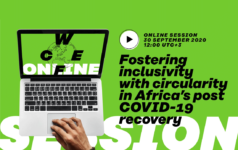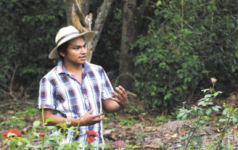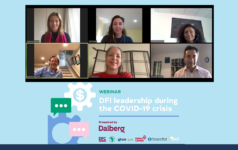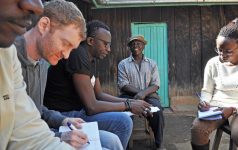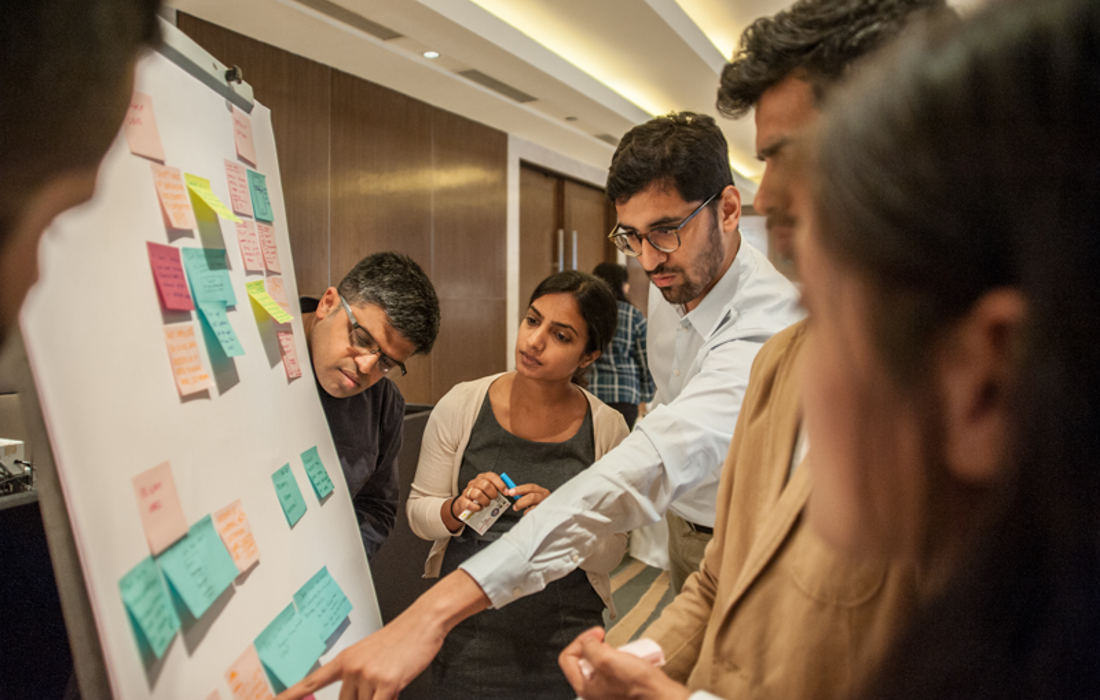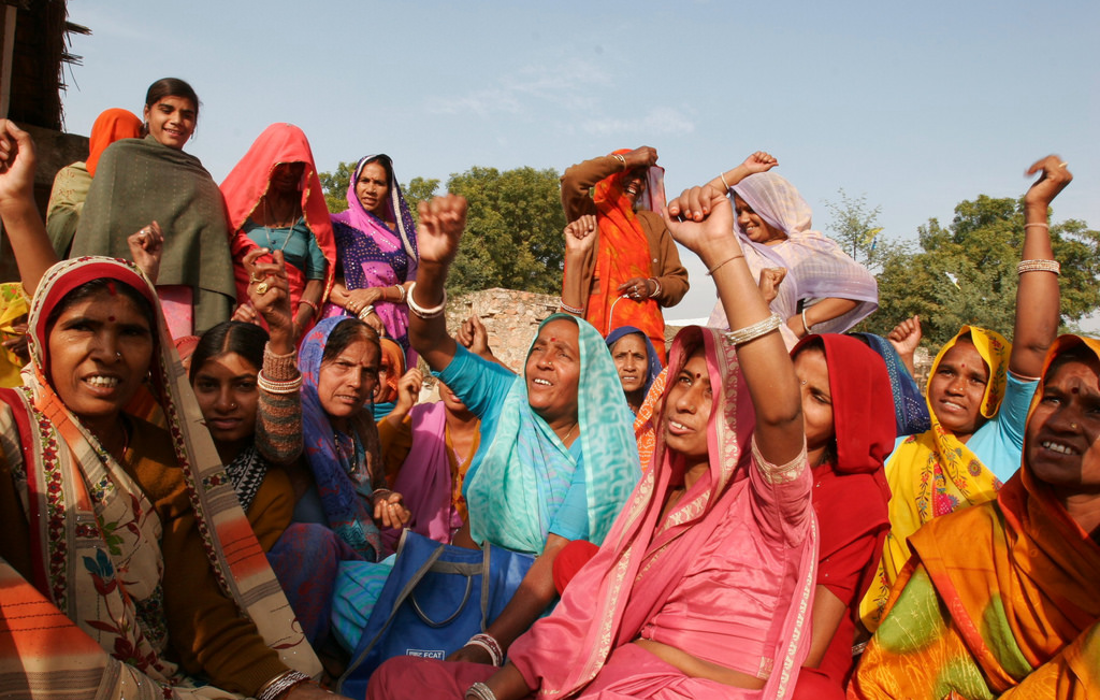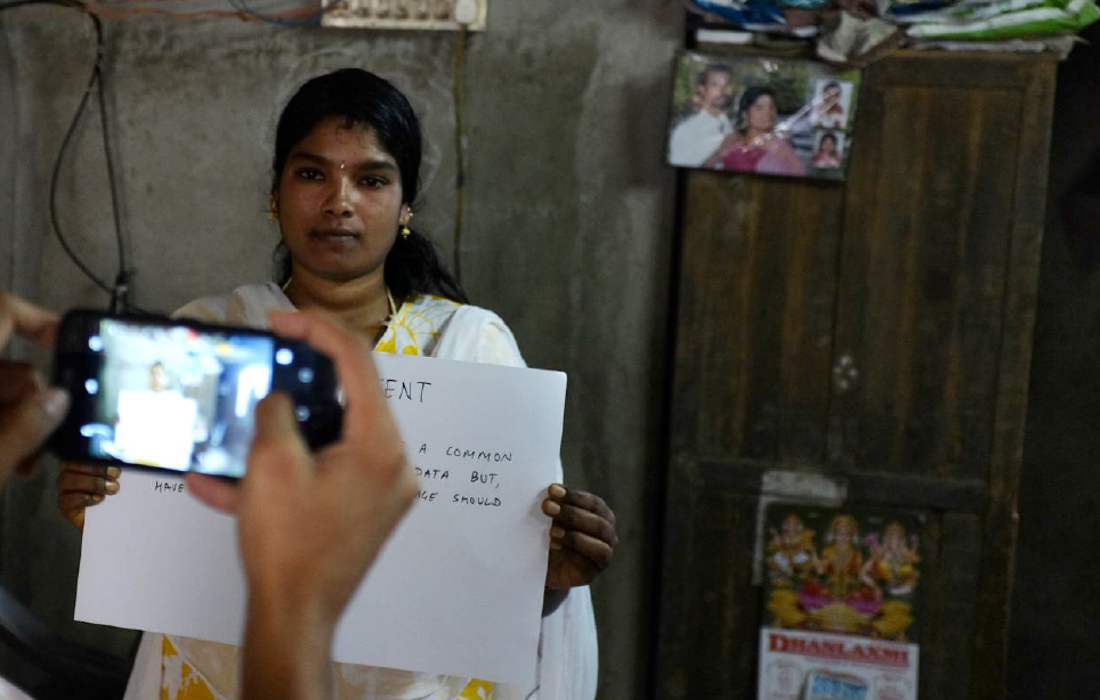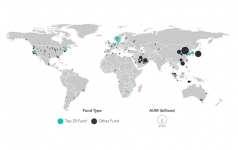Dalberg uses cookies and related technologies to improve the way the site functions. A cookie is a text file that is stored on your device. We use these text files for functionality such as to analyze our traffic or to personalize content. You can easily control how we use cookies on your device by adjusting the settings below, and you may also change those settings at any time by visiting our privacy policy page.
Originally published by Devex.
We are on the cusp of a radical shift in how we finance solutions to the world’s most pressing global development challenges.
Here’s why: Official development assistance is now dwarfed by flows from private investors, philanthropists and private citizens. Savvy donor agencies are leveraging this rising tide of nongovernment funds to amplify the impact of their capital. These donor agencies are pioneering a field of finance called “blended finance” — the strategic use of public and philanthropic funds to mobilize private capital for development.
The upcoming third International Conference on Financing for Development, where U.N. member states, along with development leaders, will determine how to finance the post-2015 development agenda, will catalyze this momentum. I expect 2015 to be the pivotal year for partnerships across public and private sectors and for a blending of capital — finance, know-how and networks — to advance prosperity and inclusion for all.
Canada’s Department of Foreign Affairs, Trade and Development has been a leader in early blended finance projects. Its evolution and story offer a unique road map for other donors looking to better leverage private finance toward shared development goals. Dalberg Global Development Advisors has collaborated with DFATD on a number of initiatives to mobilize new types of finance for global development efforts. Here are three top takeaways from DFATD’s blended finance work:
1. PILOT, LEARN, ITERATE.
Two years ago, DFATD tried something new, based on the recommendations of Parliament. It started to structure its public investments to motivate private capital toward small and medium businesses in developing countries. Importantly, it chose to pilot a few investments in order to learn and then to scale based on experience.
Early results of this private sector-oriented approach to development finance are promising across a range of development sectors. For example, to stimulate growth in small and midsize enterprises, DFATD made a $15 million seed investment in a private equity fund that leveraged $170 million from the Overseas Private Investment Corp. and over 100 private investors. DFATD support will mobilize some $1 billion in local capital across developing countries, creating jobs and building prosperity. In the health sector, Grand Challenges Canada, a DFATD intermediary working with the Skoll Foundation and U.S. Agency for International Development, is providing eye care to millions of people in developing countries, including children. To encourage public-private partnerships in infrastructure, Canada has seeded several PPP centers of excellence in Asia.
2. WORK WITH INTERMEDIARIES.
The DFATD investment strategy centers on using third parties or intermediaries, such as international financial institutions and private sector asset managers, to maximize leverage and impact. DFATD rightly understands that deploying its grants or reimbursable grants — repayable contributions in DFATD language — directly to the end users of capital could distort markets and crowd out private equity and other private businesses. Instead, it chooses the intermediaries that are best suited to help DFATD achieve its development objectives.
For example, DFATD worked through the Asian Development Bank on the Canadian Climate Fund for the Private Sector in Asia to provide subordinated financing to close the financing gap for the Sarulla Geothermal Power Generation Project in Indonesia, which is helping Indonesia cut its consumption of crude oil in favor of clean energy. To grow businesses, DFATD has partnered with private sector asset managers who were able to use DFATD funds to leverage capital from private sources. To support innovative ideas in health, DFATD works through Grand Challenges Canada, a vehicle exclusively dedicated to seeding bold ideas with big impact and scaling those with proof of concept.
3. FIND THE CHAMPION.
Christian Paradis, Canada’s minister of international development and minister for la Francophonie, has been a champion for blended finance, both at home and abroad. He is the chair of the Re-Designing Development Finance Initiative of the World Economic Forum and the Organization for Economic Cooperation and Development. He has actively endorsed capacity building within DFATD, enabling Canada to develop a strong development financing team, and is also seeking to complete a development finance toolkit and activate reimbursable grant instruments that are exciting additions to the typical donor menu of financing mechanisms. This kind of championship builds awareness of blended finance, sparks the interest of diverse investor groups, and supports the building of government capacity to co-invest effectively with the private sector.
MULTIPLYING DEVELOPMENT FUNDS MANY TIMES OVER
Solving the complex issues of global poverty will take not only billions of donor dollars, but also trillions of investment dollars. Such blended investments, when executed with care and intent, can create jobs and promote social and environmental leadership in local economies. It’s a daunting task, but Canada is showing the way, multiplying many times more than its own resources for sustainable development. We hope that others can learn from their experience identifying, testing, learning and scaling up good partnerships and models to scale their own blended finance agendas.



